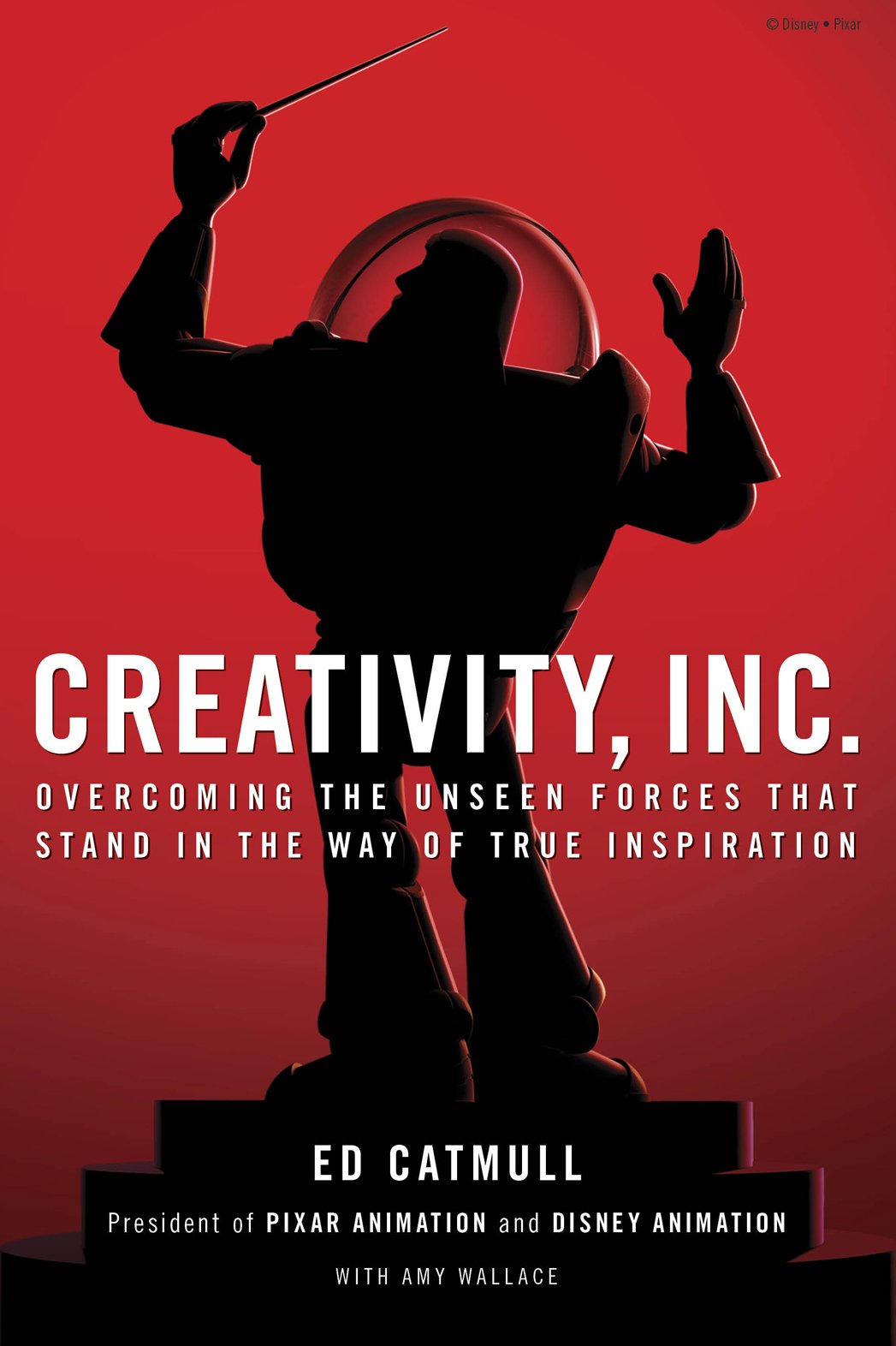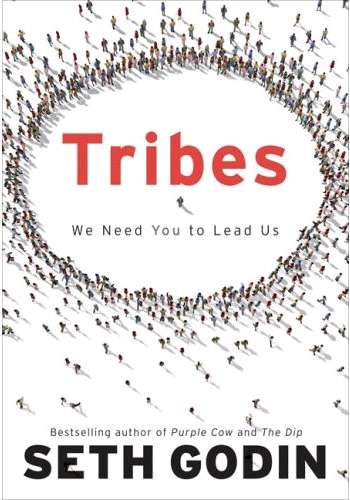Estimate time to read this page: 3 – 4 minutes
Edition Reviewed: Paperback
Recommendation: Buy two copies. One to have, and one to lend.
 I found 100 Things… while searching my local bookseller for a book on the visual processing system. When I found it I thought, “Well…I’m a designer. What does Ms. Weinschenk think I should know about people?” I looked at the back. Hmmm. Written by a PhD in Psychology who’s also a designer. Interesting. Then I cracked it open and took a peek at the TOC. My heart sank.
I found 100 Things… while searching my local bookseller for a book on the visual processing system. When I found it I thought, “Well…I’m a designer. What does Ms. Weinschenk think I should know about people?” I looked at the back. Hmmm. Written by a PhD in Psychology who’s also a designer. Interesting. Then I cracked it open and took a peek at the TOC. My heart sank.
This is the book I’ve been wanting to write. Crap.
For those of you who don’t know me personally, and therefore know what that means: This book is a list of psychological concepts that designers should understand. It’s basically a list of the pieces I’d need to assemble in order to make sense of my Universal Attention Theory, with the references I’d need to build my case. Double Crap.
The book is organized into ten chapters, with individual sections addressing specific topics within those chapters. For example, the chapter How People Read contains sections on capitalization, reading versus comprehension, and font size.
It’s exceedingly well organized, easy to follow, and easy to pick and choose if there’s a section you want to brush up on, or a particular problem you’re banging your head against. I’ll end up rereading the How People See, How People Read, and How People Focus Their Attention sections over and over.
Beyond the organization, the content itself is extremely valuable, and extremely well researched and documented. The References section in the back is worth buying the book for all by itself. I’ve already added a few journals and blogs to my reading list because of it.
100 Things… is the first book I’ve read since I launched Design Reading List. So, since I knew I would be reviewing it for the site, I set myself up to be well prepared for an in-depth review. I started out by putting Post-It notes with little notes to myself in the pages with info I felt absolutely necessary to cover in the review. I stopped after the first 50 pages. I was 20% of the way through the book, and I had already set ten Post-Its! What am I going to do, recap 50 of the 100 things designers should know? I think not.
So, let’s just do a couple of examples:
- If you’ve ever wondered how people read, and why you’ll sometimes need to reread a sentence after an odd line break or an unexpected period, this is your book.
- Really, if you set type for any part of your living, you need to read that part.
- If you design interfaces, you need to read about the idea of Mental Models versus Conceptual Models, and about Affordances and Perceived Affordances.
- If you’ve even designed something for another culture and picked an unfortunate color, you need to read about the cultural color wheel.
In short, if you design things for a living, you need to read this. And then, really, I would buy another copy to lend out. I’m sure I’ll be lending this one to people pretty frequently.



